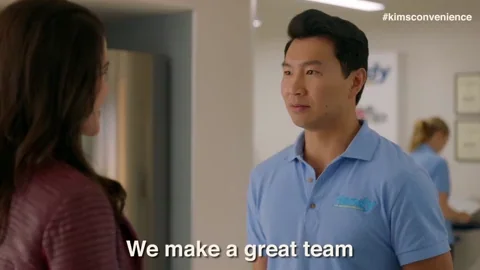As a Revenue Operations consultant, I encounter clients who struggle with the concept of the Demand Generation Funnel. The most successful clients are the ones where all team members across departments—campaign managers, operations, sales operations, and BDRs—have a clear understanding of their funnel. When everyone understands the role they individually play at each stage of the funnel, this will ensure its success. Here is a quick summary of how Sponge.io defines the demand generation funnel.
- Demand Waterfall is a framework for tracking a contact’s lifecycle from the point of entry into our systems until Closed Won. We keep track of each contact’s Waterfall Stage, and every time this changes, we create snapshot records tied to the contact and report on these historical records in the Waterfall Lead Dashboard.
- Leads: Contacts who achieve a Hot or Warm Lead Score, plus transfers set by the Outbound BDR team. In other words, what shows up on the Waterfall Lead Dashboard and appears in a Sales Rep or BDR’s view for a human being to follow up.
- Sales Cycle: Contacts who a Sales Rep or a BDR is actively working. A human being is responsible for following up and controlling the relationship.
- Action Taken: A summary of what happened to the contact when it was in this stage. If it is “Other,” this usually signifies a non-standard flow where an Admin overrode the automation to change the Waterfall Stage manually.
- Accept: This indicates that a Sales Rep or BDR agrees that a lead presented to them is a real lead, worthy of follow-up. By accepting, the user takes ownership of the Lead and becomes responsible for working it.
- Reject: Signals that a Sales Rep or BDR will not follow up with a lead. A Sales Rep may reject a lead and send it to the Inbound BDR if it is not in their territory or they do not have time to follow up. BDRs can reject the Lead for the following reasons: Junk Data, Spam, Current Employee, Competitor, and Existing Customer. Reps encountering Existing Customers should mark them as such, and all other reasons will auto-update the Waterfall Stage to “Ignore.” Automation in the system should exclude Rejected leads from reporting in the Waterfall Lead Dashboard.
- Disqualify: When a Sales Rep or BDR is working on a lead, they may disqualify the Lead after following up. They will do this either after speaking with a contact, or after repeated attempts to follow up without successfully connecting with the prospect. Here are examples of disqualification reasons:
- Bad Fit – Trash Forever
- Company Out of Business
- No Interest – Nurture
- No Interest – Trash Forever
- No Longer With Company
- No Response
- Not Ready
- Referral – Wrong Person
- Wrong Person – No Referral
- Send to BDR
- Existing Customer
- Competitor
- Lead Scoring: A system of rules based on behavioral (Form fills, Web visits, Inbound emails) and demographic (Title, Company Size, Industry, etc.) factors to categorize and prioritize contacts in the database for targeting and follow-up. If a contact reaches a Hot or Warm score, the Marketing System should pass leads to Sales for follow-up.
- Verbal Opt-In: When a BDR is on the phone with a contact and unable to book a meeting, they can step down to ask permission to send an email. They will then confirm the email address with the contact so that we may add them to a nurture stream.
- Nurture Programs/Streams: A nurture program can contain multiple streams targeting different contacts with different content and deploying emails at various cadences. The the goal of all of the streams within a program (e.g., Drive creation of Waterfall Leads, Nurture Waterfall Leads into Opportunities) is the same.
- Lead Assignment: The set of rules maintained in Salesforce used to assign contacts to the appropriate Rep based on their territories. Here are some examples:
- Leads within strategic accounts are getting assigned to sales reps who own the strategic accounts.
- All other leads are assigned to appropriate sales reps based on the Lead’s location (Country, State, etc.)
- Company Size (OEM Mid-Market vs. Major Accounts-OEM)
- Software Company (Yes or No)
- The industry is considered only if it pertains to manufacturing
- If any of this information is not available, leads will be assigned to the inbound BDR. Consequently, the inbound BDR will handle these leads to ensure they are appropriately managed and followed up on
- Inquiry: A contact’s engagement. This could take the form of an email click, form fill, engagement at an event, or tracked website visit.




